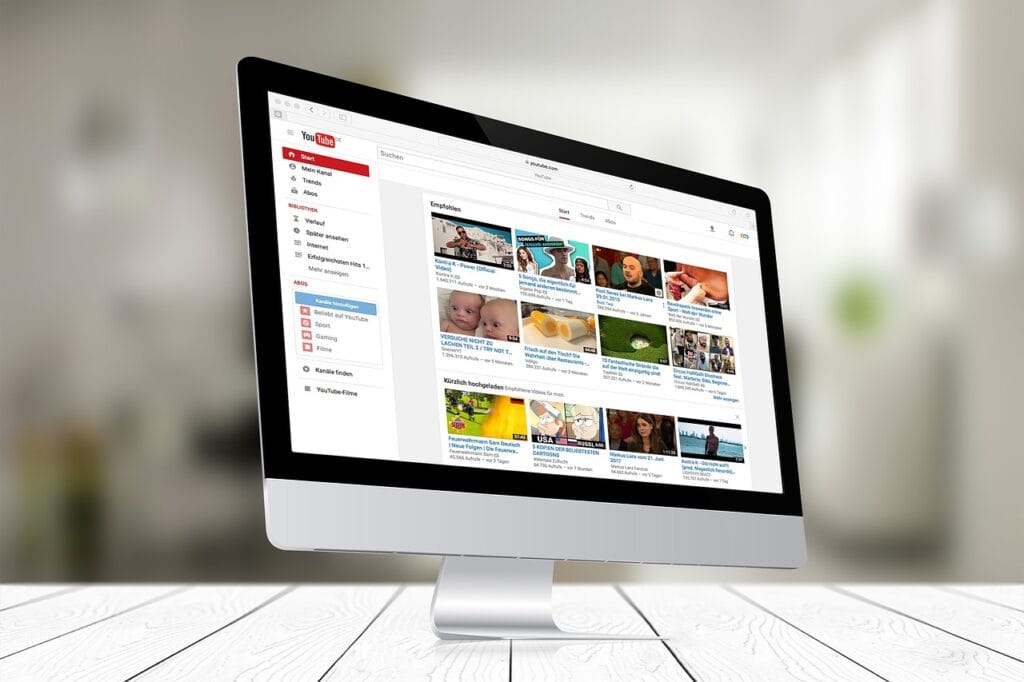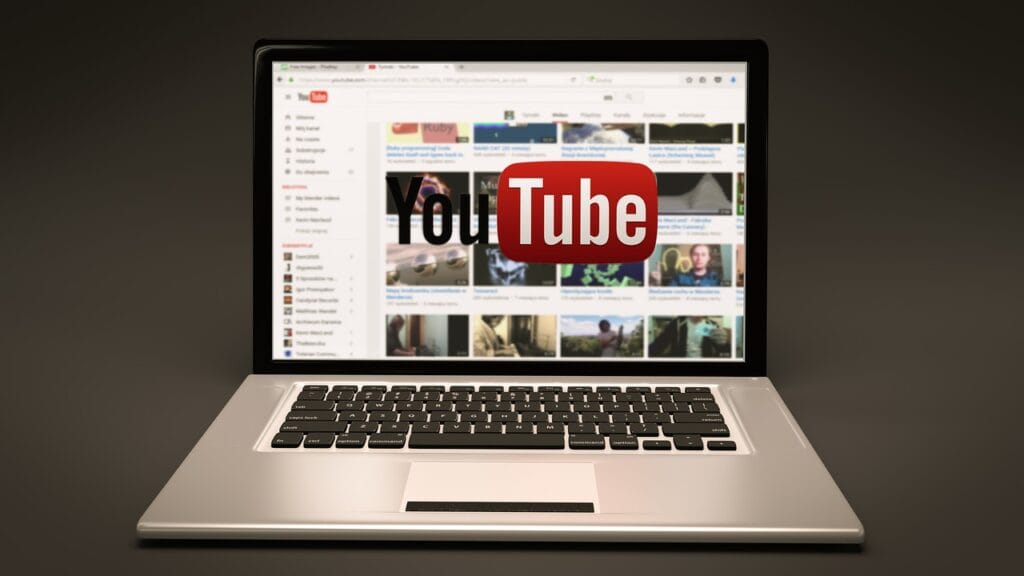How to Increase Audience Retention on Youtube Videos

Enhancing Audience Retention YouTube: Effective Strategies for Managing Feedback and Building Trust In the dynamic world of digital media, how to increase audience retention on youtube videos is key to success. Beyond creating great content, managing feedback and building a strong connection with your audience are vital to maintaining and enhancing audience engagement. This guide […]
Mastering YouTube Audience Retention with Analytics

YouTube is an ever-evolving platform where creators need to understand their audience and adapt strategies for sustained success. By leveraging YouTube Analytics effectively, you can boost your audience retention, improve engagement, and enhance your channel’s performance. This guide provides a detailed walkthrough of how to utilize YouTube Analytics, analyze viewer behavior, and implement improvement strategies […]
How to Use Youtube as a Social Media Marketing Tool

YouTube has become one of the most powerful social media marketing tools available today. With over 2 billion monthly active users, it offers a massive audience for businesses to reach. By creating engaging videos, you can connect with your target audience, build brand awareness, and drive traffic to your website. In this guide, we’ll explore […]

